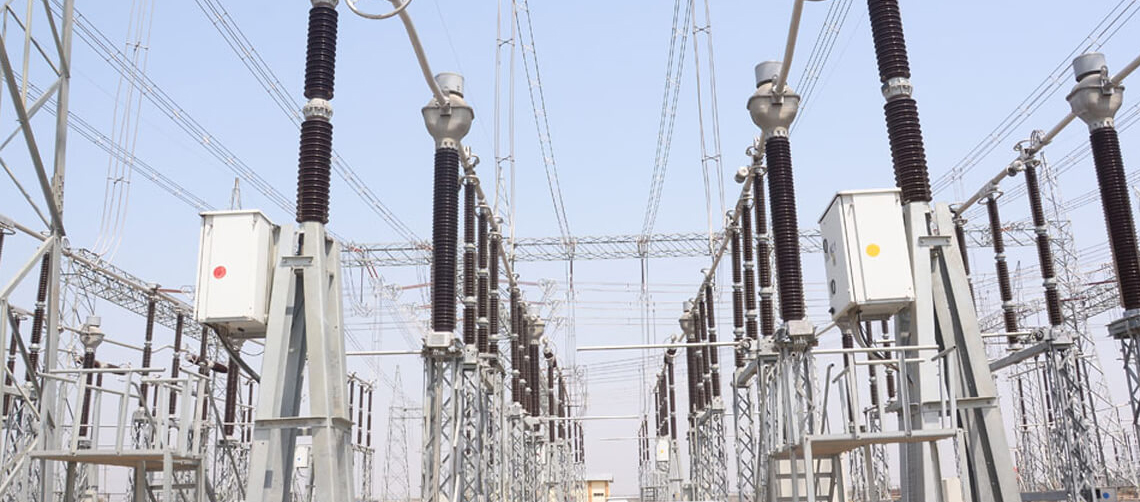Sterlite Technologies is eyeing a substantial share of power transmission projects worth R20,000 crore coming up this year even as private transmission companies struggle against the state-owned monopoly, Power Grid. The company, which has three completed projects and three under-implementation projects to its credit, sees huge opportunities for private players in transmission. The company’s CEO Anand Agarwal spoke to FE’s Sumit Jha about the churning in the sector.
What does your current transmission business portfolio look like?
We have six projects on hand, with nearly 70% of the first three projects generating revenue. We now have enough capacity to create more projects. Out of the other three projects, two will be completed by next year. We are investing R8,000 crore on all projects, including R3,000 crore in the three ongoing projects.
Given that many projects are being given to Power Grid on a nomination basis, what kind of opportunities do you see for a private firm like yours in the near future?
There is visibility of projects worth nearly R20,000 crore coming up for grabs in the next nine-ten months. We have the capabilities to make the opportunities count as long as the field is still open for serious players in the business. We are the largest private player involved in the independent transmission system, which gives us an edge in winning bids in the current setting. We will continue to bid for projects that come through tariff based competitive bidding (TBCB) and our success in that will decide our investments, going forward.
How difficult is it for a private entity to do business when a state monopoly exists in the sector and is given massive projects on a nomination basis?
We see the sector in a period of transition and while it would have been ideal if projects before a certain date were cost-plus, and post that all projects TBCB, we are gradually moving to more projects being awarded through the bidding route TBCB. Hopefully in the near future, most projects will be bid out rather than given out on cost-plus. It’s true that the government has had some prior experience where the private sector has failed in executing projects on time. Power Grid (PGCIL) uses this to advance its case for awarding projects on a cost-plus basis.
How much difference does it make to you when you compete against a giant like PGCIL?
The playing field is definitely not a flat one. PGCIL is a big company that runs the entire national grid. With such experience comes knowledge that can be leveraged effectively, especially against nascent, competition. PGCIL leverages its balance sheet for loans, leading to lower cost of debt, but the private sector leverages the project rather than the balance sheet. As the scale of private participation in the business increases, the field will also become level. I think, both sides come with own positives and negatives. But I do believe both can co-exist if gradually all projects become TBCB, and the surprise element, where just before a project is to be awarded it suddenly comes under cost-plus, can be done away with.
There are enough opportunities for everyone in the sector.
Considering the government’s confidence in PGCIL’s execution record, what can private players do to bag projects that have difficult elements like land acquisition and difficult terrain?
The private sector, of late, has acquired capabilities to deliver difficult projects on time, making a case of TBCB. The government’s belief in the private sector for execution has been strengthened. PGCIL also has a percentage of its portfolio where the proportion of projects won on TBCB is increasing compared to those awarded on a cost-plus basis. This isn’t an ideal situation but the transition to an ideal scenario is happening in transmission business. Our project in East-North East, which traverses states of West Bengal, Assam and Bihar, has earned applause from the government for executing a difficult project within the time-frame. When compared with cost-plus projects, a great amount of efficiency is being created in the TBCB projects. Over the last 13-14 projects, PGCIL bidding has been high in some and quite low in some. So, as long as rules apply uniformly, the private sector will come out of the shadow of PGCIL sooner rather than later.
You have just started work on the second transmission line to the Kashmir valley. What is the investment and when this will be completed?
The Jammu-Jalandhar line is extremely important in the context of providing power to the valley. In the last 60 years, this is going to be the second transmission line for the valley. It has two sections, Jalandhar to Sambha and Sambha to Amargarh. This line is capable of carrying 500-600 MW of power. The line will involve an estimated investment of R3,000 crore and its likely to be completed by September 2018.

 Please wait...
Please wait...